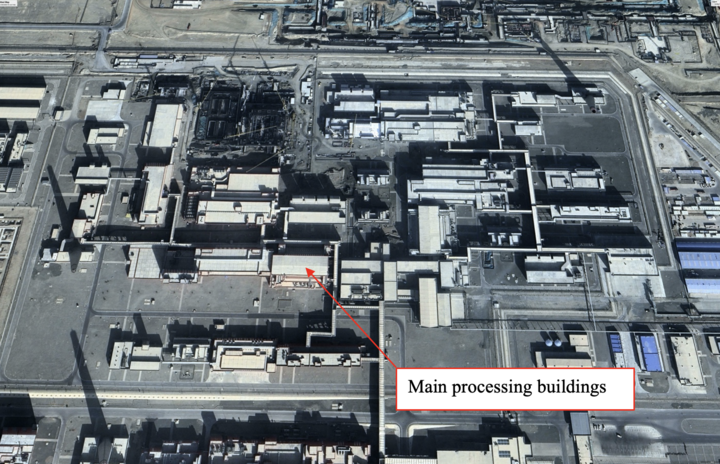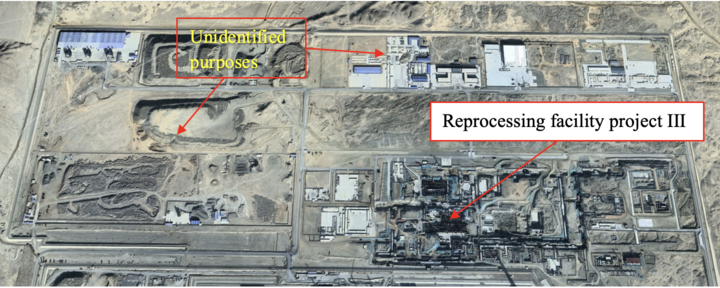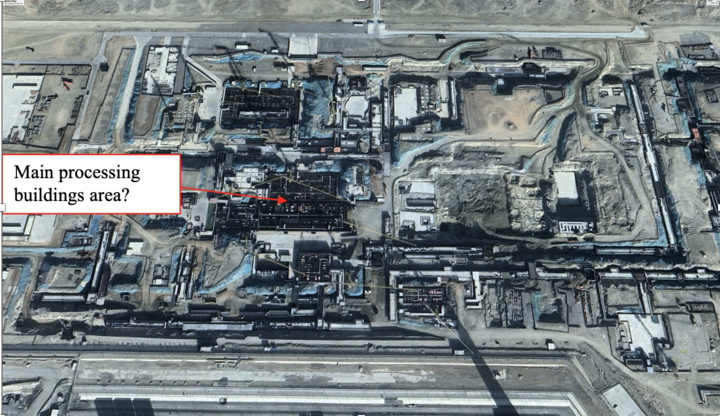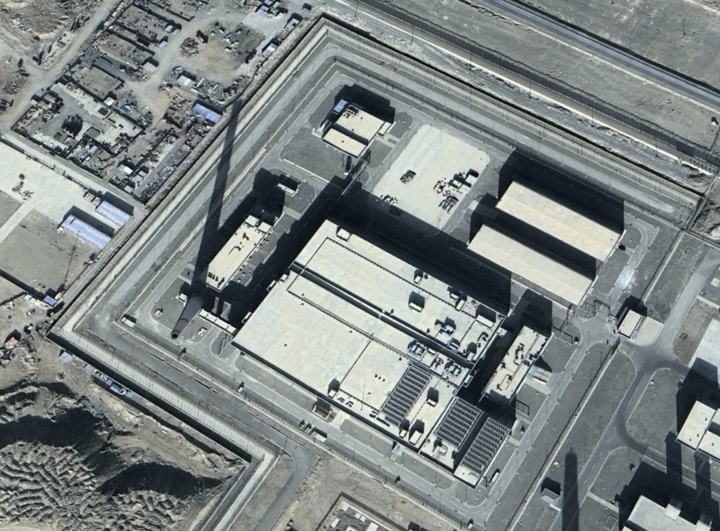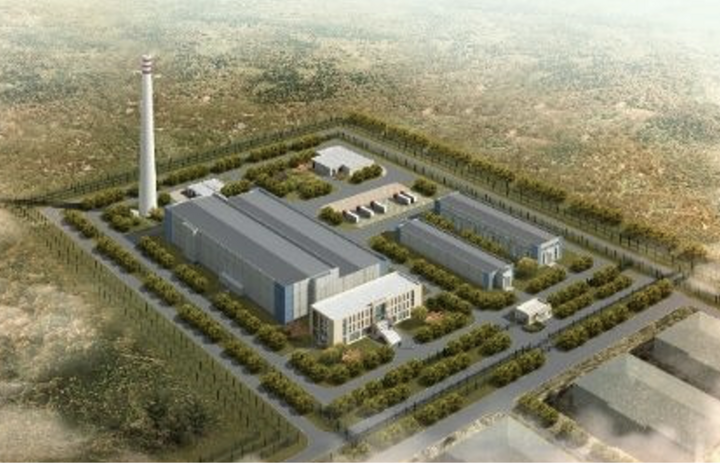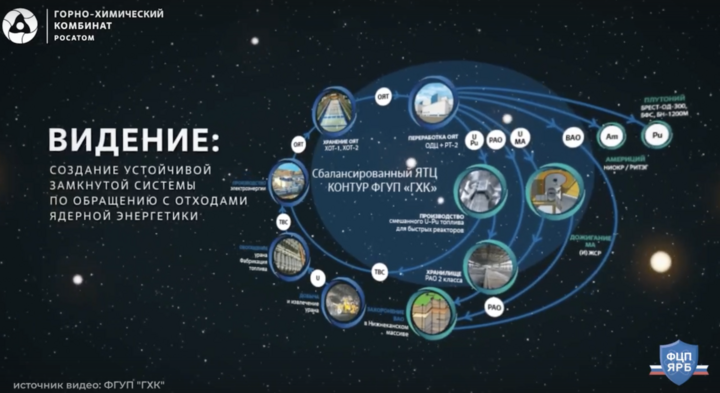On 2 January 2025, NNSA Administrator Jill Hruby announced that the agency was "finalizing plans" to commission a National Academies report on proliferation risks of HALEU fuel. Hruby noted that "reactor type, fuel enrichment level, fuel quantity, and fuel form are important factors in evaluating proliferation risks." HALEU (high-assay low-enriched uranium) is uranium enriched to between 10 and 20 percent uranium-235 and is the fuel of choice in many proposed "small modular reactors," concepts, some of which plan to use HALEU to sustain their chain reactions. Current light-water power reactors use fuel with enrichments levels below 5 percent.
Hruby's announcement stems from the article published in Science in June 2024 "The weapons potential of high-assay low-enriched uranium" by Scott Kemp, Ed Lyman, Mark Deinert, Richard Garwin, and IPFM co-founder Frank von Hippel. It suggests that HALEU enriched above about 12 percent uranium-235 could be used to make a practical weapon. Quantities ranging from several hundred kilograms to about 1000 kg of 19.75 percent HALEU could produce explosive yields similar to or greater than that of the 15 kilotons of the Hiroshima bomb.
The article argued that plans for the use of HALEU have not carefully considered the potential proliferation and terrorism risks that the wide adoption of this fuel creates. It called for an assessment of the practicality of making nuclear explosives with HALEU by experts at DOE's nuclear-weapon design laboratories. Given that DOE would be reviewing its own promotion of HALEU as a power-reactor fuel, they also recommended an independent review of the laboratories' conclusions.
With the change of Administration in the United State, whether Hruby's successor will be as open to considering this issue remains to be seen, but indications are that the National Academies study is expected to go forward.
Enrichment and bombs
When uranium is enriched to above about 6 percent uranium-235, it can sustain an explosive fast-neutron chain reaction such as occurred in the Hiroshima bomb. The technical and policy question is what is the minimum enrichment required to make a practical bomb.
This question arose in 1954 when, following President Eisenhower's "Atoms for Peace" speech at the United Nations, the U.S. began to export research reactors. Research reactors produce surplus neutrons for various purposes including the production of short-lived radioactive isotopes to trace biological molecules. The higher the enrichment, the more compact a core can be and the higher the neutron flux available in or adjacent to the core at a given power. The incentive, therefore, was to pick as high an enrichment as possible without spreading the bomb.
The U.S. Atomic Energy Commission had the matter analyzed and Lawrence Hafstad, its director of research development, reported back that:
Information from Los Alamos indicates that 10 percent enriched uranium is not suitable for any practical weapon... For higher concentrations [enrichment] it would be possible to prevent assembly of a weapon by restricting the total amount of material issued of any given assay.
Hafstad recommended that fuel enriched to more than 20 percent not be exported but
enriched uranium of assay between 10 percent and 20 percent U235 be regarded as not of weapons significance provided the total quantity held by any one country does not exceed that given by the formula, kg total U = 2/C1.7.
Here, C is the enrichment. At an enrichment of 10 percent (C =0.1) the maximum amount of enriched uranium that could be exported to a single country would 100 kg and at 20 percent it would be 31 kg.
Initial U.S. exports under the Atoms for Peace Program complied with Hafstad's recommendation. The quantitative limit was abandoned later, however, and, for safeguarding purposes, "low-enriched uranium" enriched to less than 20 percent uranium-235 was defined by the International Atomic Energy Agency as "indirect use material," requiring further enrichment to become weapons usable.
In addition, during the Cold War, the U.S. and Soviet Union, using the provision of research reactors as a tool for alliance building, ignored the 20 percent enrichment limit and exported research reactors fueled with "weapon-grade" uranium, i.e. uranium enriched to greater than 90 percent uranium-235, to about forty non-nuclear weapon states (see the IPFM report Banning the Production of Highly Enriched Uranium).
Nuclear-weapon proliferation became an issue again, however, after India's first nuclear test in 1974. The 20 percent limit was revived for new reactor exports and, after the September 11, 2001 Al Qaeda attacks on the U.S., concerns about the possibility of nuclear terrorism incentivized the U.S. and Russia to launch a joint effort to convert the highly-enriched-uranium-fueled research reactors they had exported to 19.75 percent enriched uranium.
With the decline in the economic competitiveness of conventional nuclear power reactors, however, governments recently have been encouraging reactor designers to explore the possibilities of "small modular reactors," some of which - especially fast-neutron reactors - require HALEU. In 2024, the US Congress provided the Department of Energy $2.7 billion in the Inflation Reduction Act to fund the startup of HALEU production.

